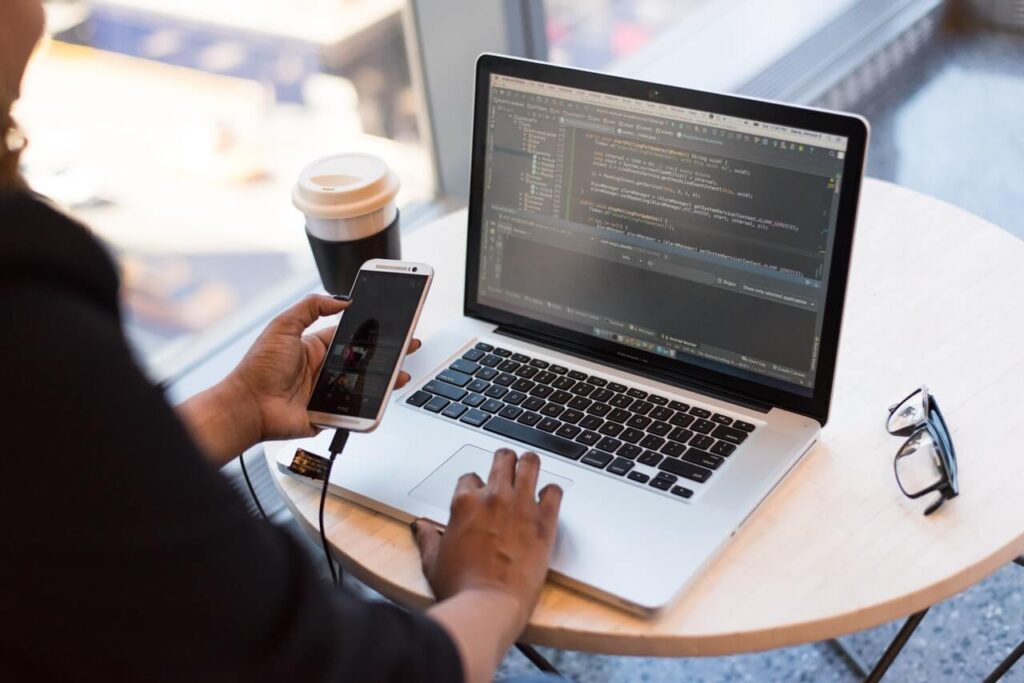PROCESS
Process Overview
The process of making a successful mobile application will involve a level of pre-planning to ensure the final product is delivered on time and with the best quality. We want the client to know the amount of care we take to ensure that the product is built successfully up to your specification. This process gives you a brief rundown of the steps involved in the building of App. The client will constantly be in the loop during the entire building, testing, and deployment phase. With that said, here’s a look at the app development lifecycle and the objectives.

Strategy
We define Strategic goals for evolving your idea into a successful app.
- Establish Client Goals and objectives.
- Research Competition.
- Select a Mobile platform(Android or iOS).
- Determine Timeframe required to complete App.
- Detailing all features that will be used in App.
- Formal Estimate that will cost to build App.

Analysis and planning
Create a detailed statement on the app and timelines to ensure on-time product delivery.
- Create a Roadmap on all the functionality for the app.
- Create Delivery milestones.

UI/UX Design
We create an intuitive and user-friendly app to ensure all the business requirements are met.
- Create Wireframes (Quick Sketch)
- Create Mockups to get realistic visual designs that closely resemble what the product will look like.
- Create Prototypes to simulate interactions and product functionality.

App Development
Bringing the vision to working functionality and life to the app.
- Develop Backend, APIs, and mobile app following agile development process.

Testing
Validate app quality through series of testing criteria.
- Create Test Scripts to ensure the app is running smoothly and bug-free.
- Functionality Test to ensure the app is running smoothly with seamless transition.
- Security Tests to prevent the potential vulnerability from hacks.
- Usability Test to make sure app performs as intended.

Deployment and Support
Launch app on the Apple and Google app stores with support for future revisions. The most important thing is to address any bugs or teething issues that may arise. As the application is being used, there will be a need to incorporate future revisions from users’ feedback. So the App will require an update with the release of new devices and operating systems, which will need to be optimized.
